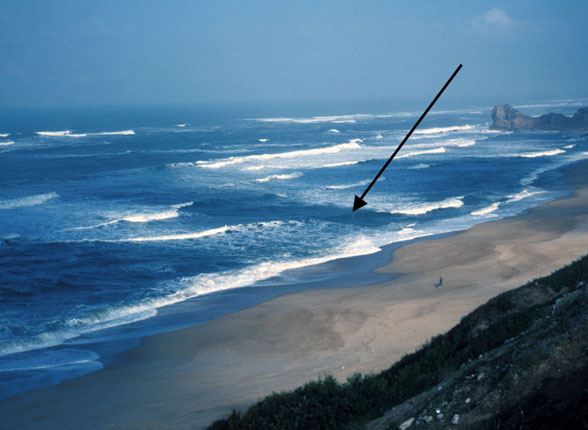The beach is the most popular natural attraction on the planet drawing millions of visitors each year. The beach is not without risk though. Each year in the United Stated alone, lifeguards rescue 18,000 people. Unfortunately, not all beaches have lifeguards and many accidents and deaths occur that might have been prevented with planning and basic education.
For a safer and more fun trip to the beach, follow these simple tips:
When in doubt, don’t go out!
Look at the conditions – if conditions are rough or red flags are displayed – no swimming. If no flag system is used and/or no lifeguards are present, know the limits of your abilities. Also, look for local signage or other indicators of possible hazards.
Don’t fight the rip!
When waves break directly parallel to the beach, water builds up on shore. When it builds up sufficiently, the water returns to the sea with force strong enough to carry swimmers. Recognize signs of rip tides or rip currents; brown or turbid water that may look calmer than other areas. If caught in a rip tide, swim parallel to shore to escape. If you get tired, float on your back (you may get carried farther from shore).
Use sunscreen!
It only takes a few minutes to put on sunscreen. Wearing a cotton t-shirt isn’t good enough – it only offers a sun protection factor (SPF) of around 8. A bad sunburn can make for a terrible trip and longer exposure can result in sunstroke, a serious condition requiring immediate medical attention.
Watch for harmful plants and animals.
Many beaches have animals that sting such as jellyfish or Portuguese man o’ war while other organisms like urchins and shells are very sharp. Wear water sandals if in doubt and be on the lookout. Learn how to treat a jelly fish sting in less than 2 minutes.
Know your limits.
Know your swimming ability and swim with a buddy. The beach is not the place to test your abilities. Also, be aware of the possibility of cramps especially in colder water, with older folks, or food intake. Usually the cramp is not bad enough to cause major problems, but panic can make the situation much worse. Stay calm.
Tsunamis
Learn how to survive a tsunami. Lessons from Chile, Hawaii, and Japan.
Eat. Wait. Swim.
After eating, blood flow to the stomach increases. This means that there is less blood available to go to muscles required for swimming. When blood flow to muscles is reduced, the risk of muscle cramps goes up. To reduce the risk of cramps, wait 30-60 minutes after eating before heading to the water.


